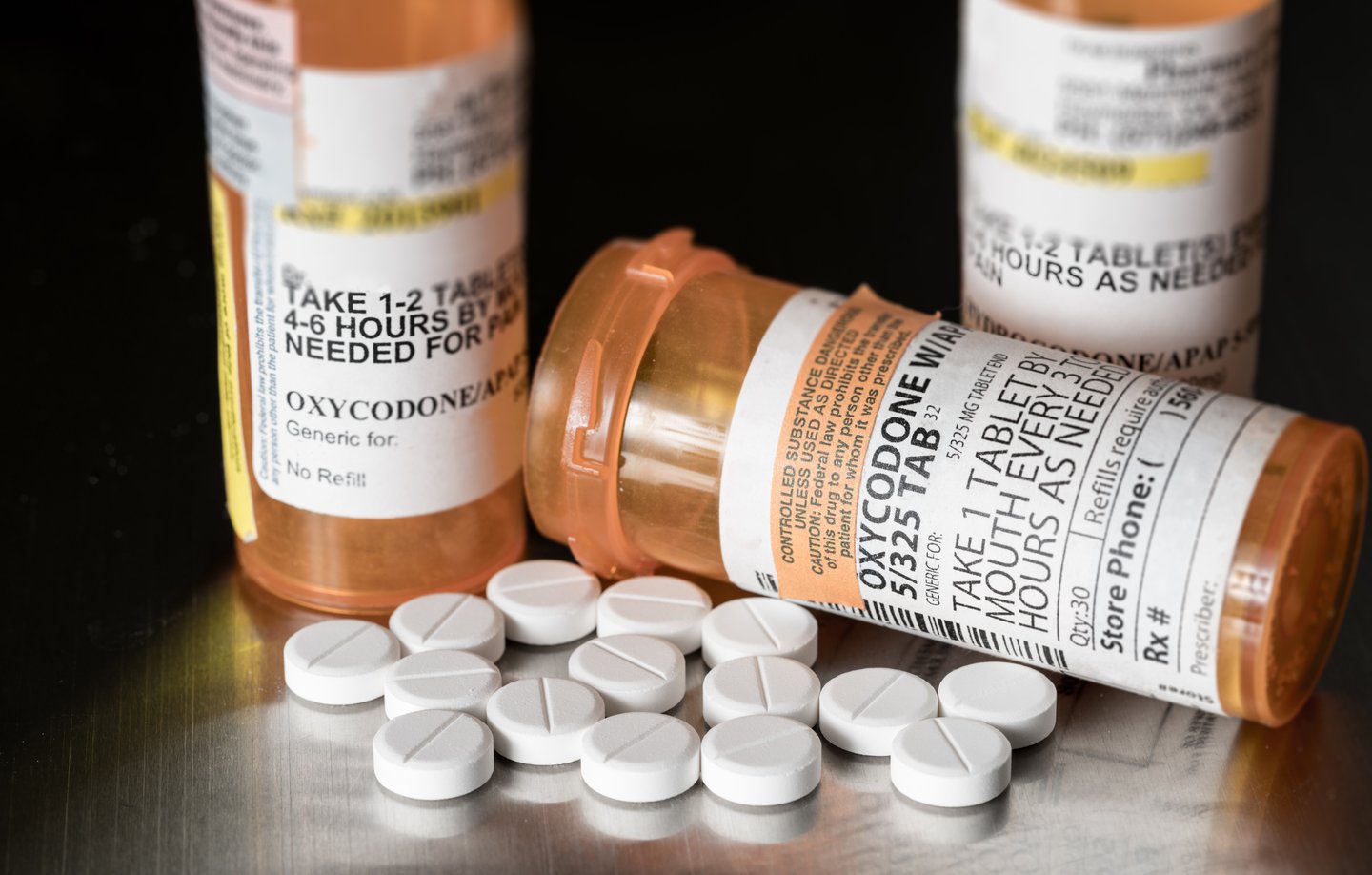Drugs used in recovery and how they work
Addiction is an inability to stop consuming certain drugs, alcohol, or nicotine. While people may feel comfort when they use such substances, they are harmful to both mental and physical health. Fortunately, addictions may be successfully treated with therapy and medication. Here are three of the most common addictions and the most common medications used to treat them:
Alcohol
Alcohol treatment typically begins with a withdrawal phase when people stop consuming alcohol. Although drugs are not necessary to cure alcohol addiction, they may help ease withdrawal symptoms. Three common drugs used to ease the side effects of rehab are naltrexone, Campral (acamprosate), and disulfiram (Antabuse).
Naltrexone is one of the most studied drugs for treating alcohol addiction. It works by stopping the action of opioid receptors in the brain responsible for the physical and mental effects of using alcohol. Therefore, it lessens the chance of relapse.
Campral, also known by its generic name of acamprosate, helps treat the long-term mental side effects of withdrawal. The side effects include anxiety, lack of sleep, and depression. Acamprosate rebalances chemicals in the brain known as neurotransmitters.
Disulfiram, also known by the brand name of Antabuse, disrupts the natural breakdown of alcohol in the body and creates a higher sensitivity to alcohol. When people who use disulfiram ingest even a small amount of alcohol, they will experience uncomfortable side effects such as excess sweating, respiratory problems, vomiting, headaches, and chest pains. It is used by people who are highly motivated for recovery.
Opioids
Although counseling and other behavioral therapies are the core of most drug addiction treatments, medication may help as well. The medication depends on the substances that people use and abuse. Three common medications used to treat drug addiction include naltrexone, buprenorphine, and methadone.
Naltrexone is just as effective to treat opioid addiction as it is to treat alcohol addiction because alcohol and opioids affect the same receptors in the brain. Since naltrexone blocks the receptors and people do not feel euphoric effects when using opioid drugs, they are less likely to experience cravings and relapse.
Methadone is also known as Dolophine and is a drug commonly used for severe opioid addictions. It binds to the same opioid receptors in the brain as painkillers and heroin but does not get people high. Methadone helps alleviate withdrawal symptoms but may cause dependence, so treatment must be strictly regulated.
Buprenorphine is also known as Subutex and other names and is included in other drugs such as Suboxone. Buprenorphine is used to treat withdrawal symptoms. It is similar to methadone, with the main difference being that buprenorphine is a partial opioid agonist. This means that people who use it have lower chances of becoming addicted and may experience easier withdrawals from the drug.
Nicotine
Although nicotine addiction generally does not produce the severe effects that opioid and alcohol addiction may produce, it is still a harmful addiction and should be treated. Two common treatments are nicotine replacement therapy and the prescription drug Varenicline.
Nicotine replacement therapy is a common way to treat nicotine addiction. It describes several medical-approved methods that use controlled amounts of nicotine to curb cravings and prevent further tobacco use. The methods include patches, gums, and inhalers that contain nicotine. Such products increase the chance of quitting smoking by 70 percent.
Varenicline is a prescription drug that reduces the craving for nicotine. It blocks the receptors in the brain that cause the positive effects that people feel when smoking or using other tobacco products. The drug works over the course of a few weeks and may be used as a part of several therapy methods.
Today, there are many medically approved drugs that may help those struggling with addictions. If taken as prescribed and used as complements to behavioural therapies, such drugs may be extremely effective to treat addictions.

